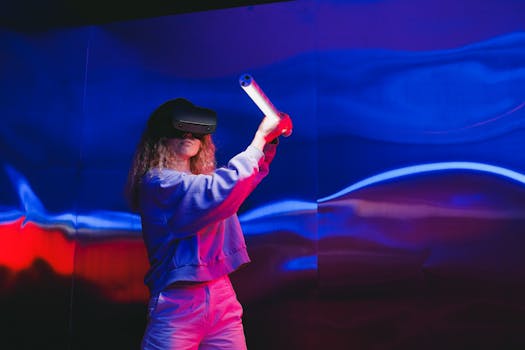AI in User Experience Design: How Machine Learning Is Shaping Everyday Digital Experiences for Tech-Curious Consumers
AI is all around us, quietly shaping how we interact with technology every day. It helps apps recommend movies we might like or adjusts our phone settings based on our habits. Understanding this impact is important because it shows how AI makes our digital experiences smoother and more personal. In this article, we will explore how AI and machine learning change user experience design, making it easier for everyone to connect with technology.
Understanding the Basics of AI in User Experience Design
AI, or Artificial Intelligence, is changing how we interact with digital products like apps and websites. At its core, AI helps machines think and learn like humans. This makes digital experiences smoother and more enjoyable. For example, when you search for something online, AI analyzes your behavior and preferences to show you relevant results. This is why sometimes it feels like your favorite shopping website just knows what you want (like that pair of shoes you’ve been eyeing).
AI is different from traditional design methods. In the past, designers often used guesswork and surveys to understand what users wanted. Now, AI helps analyze large amounts of data to understand user behavior better. This means designers can create products that fit users’ needs more closely. Think of it like having a personal assistant who knows your likes and dislikes.
Using AI in user experience design allows brands to develop more personalized experiences. For instance, Netflix uses AI to recommend shows based on what you have watched before. This makes your viewing experience not just easier but also more enjoyable. By integrating AI, companies can create adaptive interfaces that respond to user choices and preferences in real-time. These data-driven enhancements are crucial for keeping users engaged.

The Impact of Machine Learning on Digital Experiences
Machine learning is a branch of AI that allows computers to learn from data. It improves user experience design by making digital products smarter over time. When you browse a website, machine learning analyzes your clicks and preferences. This helps the site adapt to your needs. For example, e-commerce sites often use machine learning to suggest products you might like based on your previous purchases.
Machine Learning and User Experience
One clear example of machine learning in action is recommendation systems. Think about how Spotify creates playlists based on the songs you listen to. By analyzing your listening habits, it suggests new music that matches your taste. This not only keeps users engaged but also encourages them to discover new artists and genres.
Another great example is adaptive interfaces. These are designs that change based on user interactions. For instance, when you use a navigation app, it learns your frequent routes. Over time, it starts suggesting the quickest or most scenic paths based on your travel history. This kind of personalization makes the app feel more intuitive and user-friendly.
Real-life anecdotes help illustrate this impact. Users often share how they felt surprised when a shopping site suggested items they were actually thinking about buying. This kind of surprise creates a positive experience, making users more likely to return.
How AI is Transforming User Experience Design
The article text does not require any edits.
